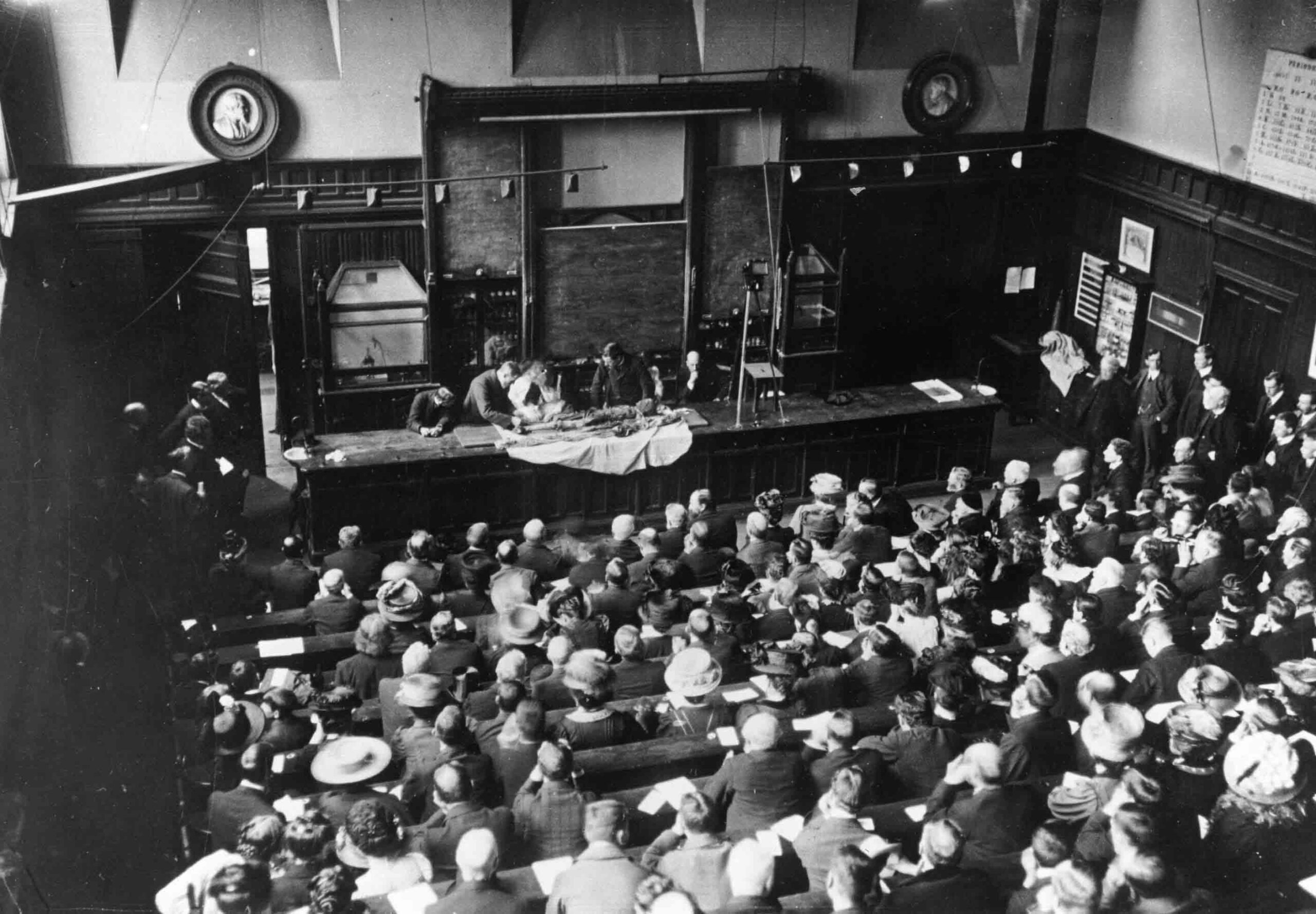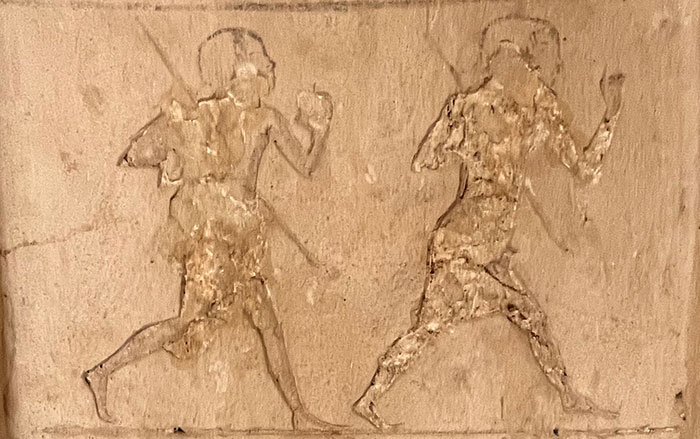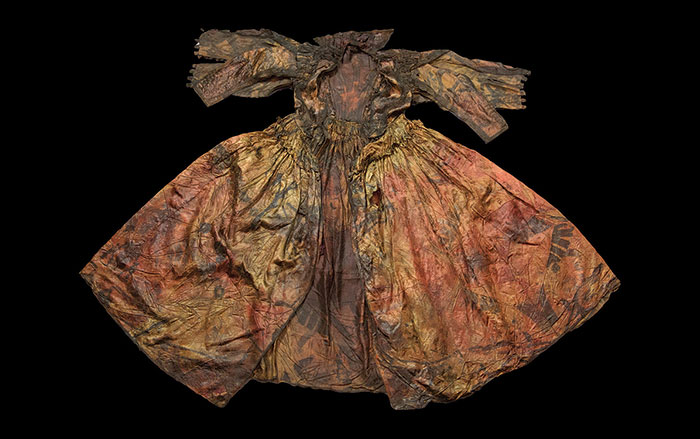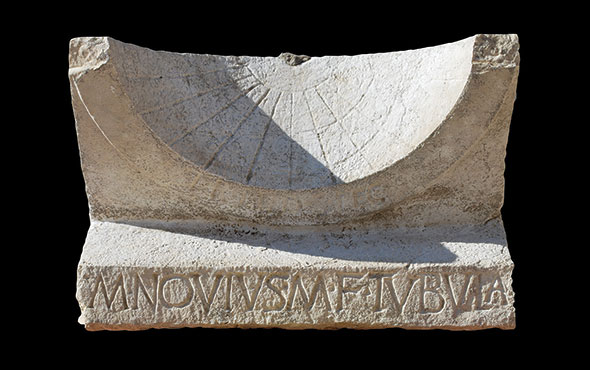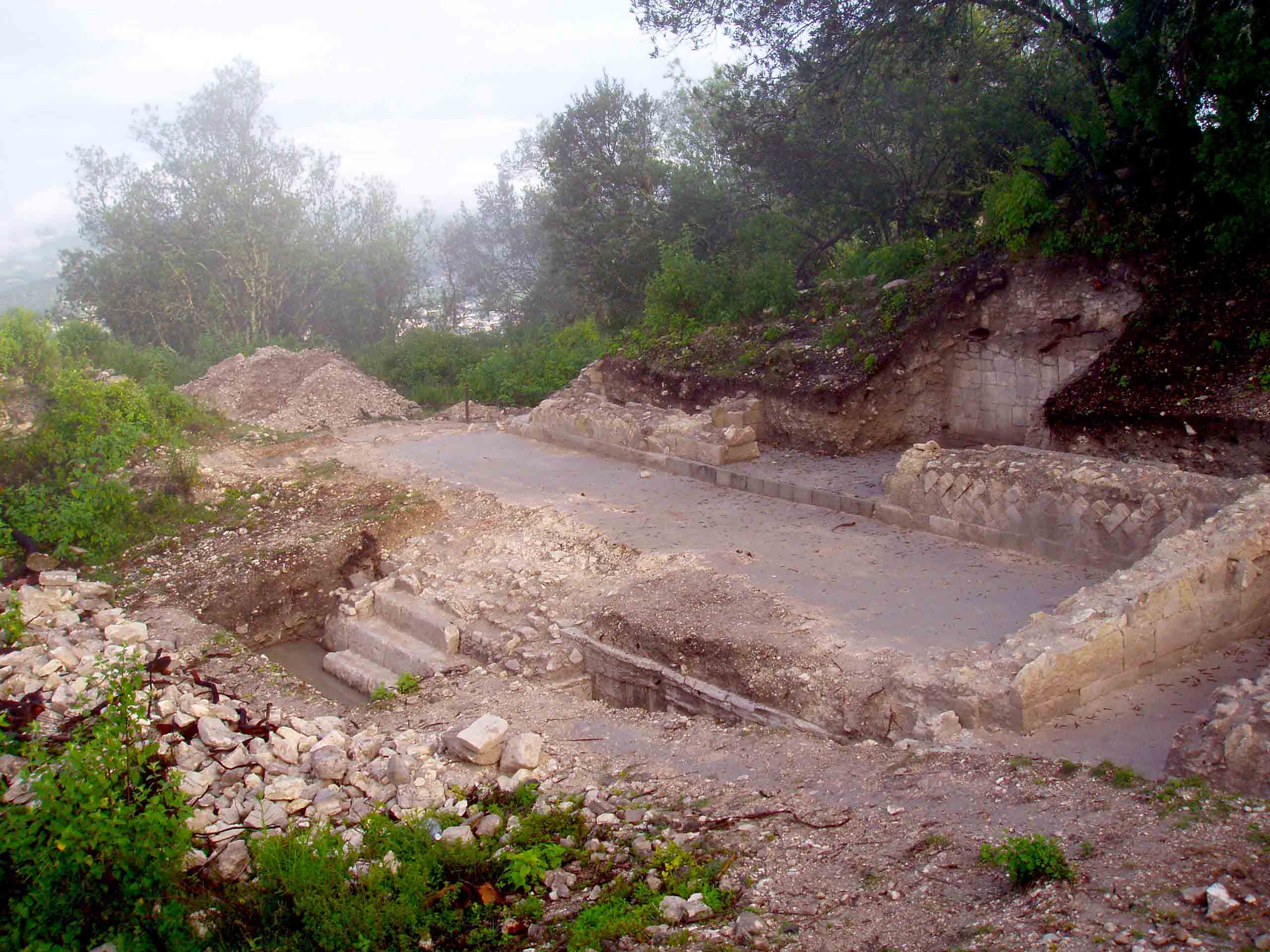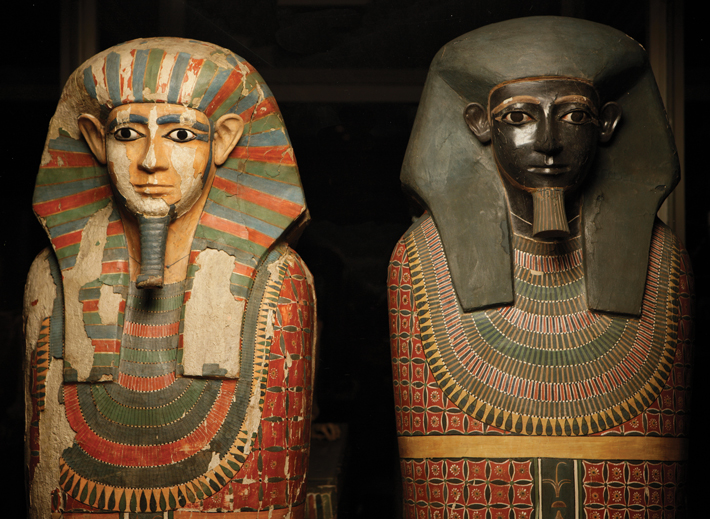

Nakht-Ankh and Khnum-Nakht were brothers. Or so say the inscriptions on their coffins, which claim that they had the same mother. The roughly 4,000-year-old mummies were found in 1907 by Egyptologists Sir William Flinders Petrie and Ernest Mackay in an undisturbed tomb in Middle Egypt’s Deir Rifeh cemetery. But ever since they were taken back to England and unwrapped a year later, their true familial relationship has been debated. Now, using a next-generation DNA sequencing technique on samples extracted from the mummies’ teeth, the men’s true bond has been revealed. This first-ever successful typing of both mitochondrial and Y chromosomal DNA in Egyptian mummies has proved that Nakht-Ankh and Khnum-Nakht were, in fact, half brothers who had different fathers. “I had actually suspected that one or the other of the brothers was adopted, as their skeletons seem so different, and there are contemporary texts asserting that elite families such as theirs adopted orphans,” says Campbell Price, curator of Egypt and Sudan at the University of Manchester Museum, where the mummies have always been displayed as the “Two Brothers.” Continues Price, “Some had suggested half brothers before, and the DNA test allowed us an answer.”


